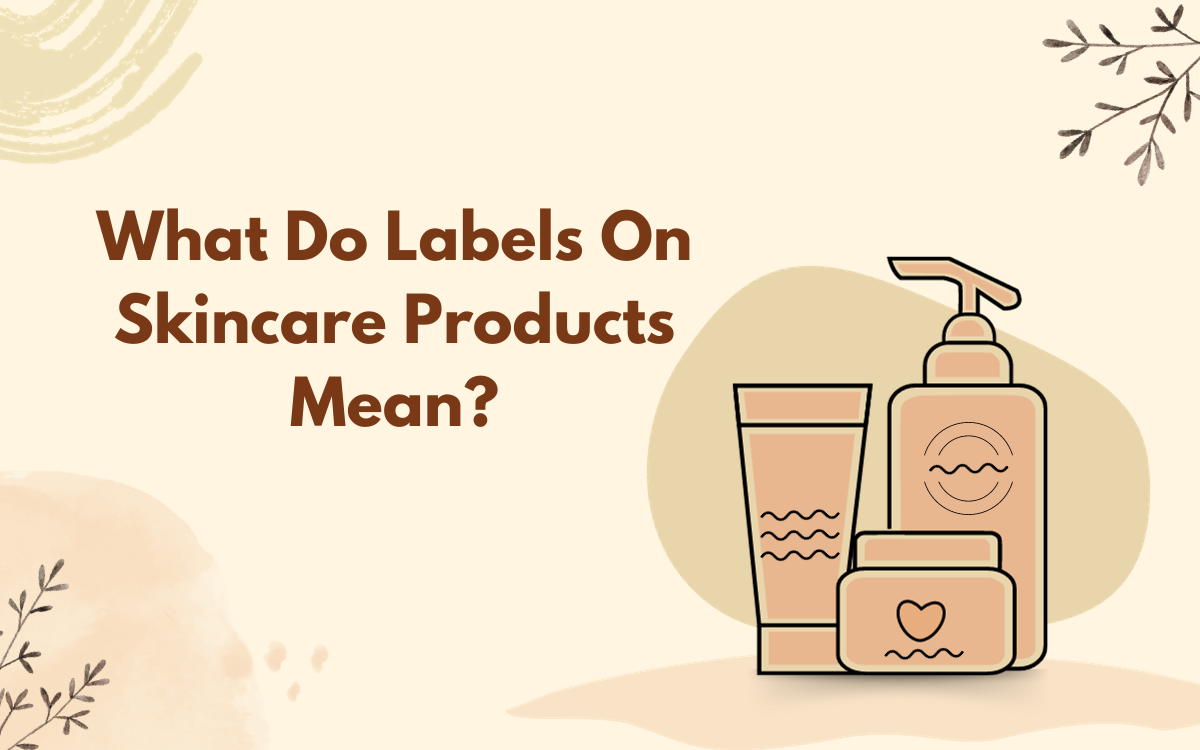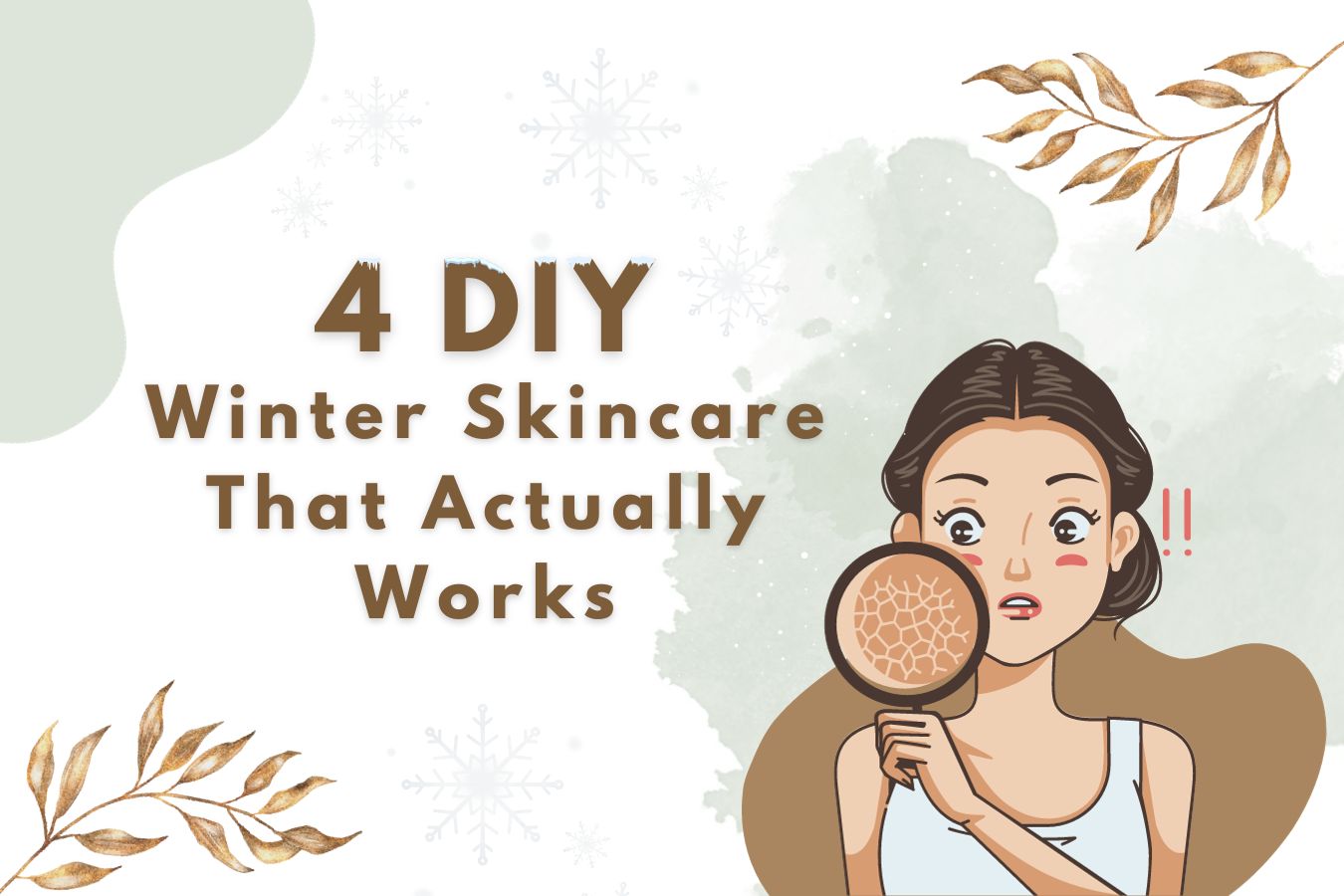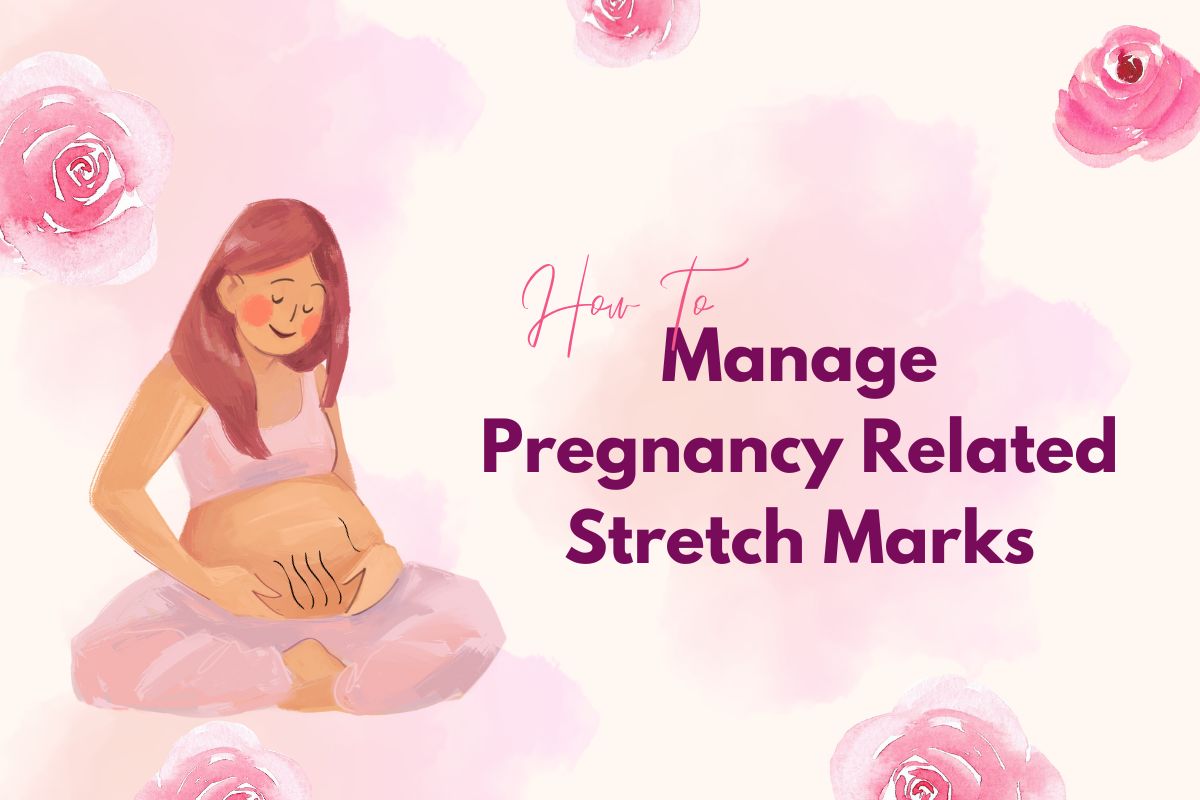Labels matter! Especially the labels on your skincare products, and significantly if you fall in the category of sensitive skin types. But what do these labels mean? And what labels should you look out for while picking your skincare or cosmetic products? Let's decipher it all: the labels, the order of the ingredient list, and how to pick the best-suited product for you that is both efficient and effective. This blog will help you make an informed decision while picking from an array of personal care products, starting from the lotion for dry skin to a Natural Hair Oil. All cosmetic products have to follow the guidelines of the International Nomenclature of Cosmetic Ingredients while listing their ingredients, so all product labels are universal in nature.
Order Of Ingredients:
A skincare product is made up of a concoction of multiple ingredients that may have active ingredients/key ingredients that usually address a specific concern (Salicylic Acid for Acne) and inactive ingredients that regulate the texture, color, and fragrance.
According to the INCI system, the ingredients should be listed in the descending order of their composition or ratio, meaning the ingredient with the highest concentration should be listed first, and the ingredient with the lowest should be placed last on the list.
Now, do not be disheartened if you see an active ingredient like Retinol in the middle of the ingredient list; it is because active and potent ingredients like Retinol and certain acids serve the purpose even in low concentrations; it makes sense for them to be in lower concentrations for them to be commercialized as OTC products.
Hypoallergenic:
This entails the cosmetic product being made up of gentler skincare ingredients as the manufacturers claim that their formulation induces less to no allergies and thus is suitable even for hypersensitive skin.
SLS Free:
There has been a lot of fuss around sulfates, aka SLS; SLS is short for Sodium Lauryl Sulfate, which has the detergent effect and was predominantly used in laundry detergents.
It paved the way for shampoos and cleansers back in the 1940s when studies suggested that the soaps were heavily alkaline in composition, which hindered the natural pH of our skin in turn, posed a threat to the skin barrier and heightened the risks of infections of both bacterial and fungal natures.
SLS products are well suited to sensitive skin types and serve the purpose of clarifying skin and hair without stripping off the skin's natural oil.
pH Balanced:
pH-balanced skincare products entail the formulation of the product such that it mimics the skin's natural pH, thereby helping in maintaining optimal skin health.
Paraben Free:
Parabens are simply the preservatives used in cosmetic products that help provide a longer shelf life to the products. Although the skincare industry is gradually shifting to paraben-free production, it is important to realize that they are not as harmful as they are claimed to be until and unless your skin is sensitive towards it. In fact, in regulated amounts, it helps maintain the integrity of the products you have invested in and helps increase the shelf life.

Shelf Life | Expiry Date | Best Before: What's the difference?
We often use expiry date with shelf life synonymously, which is not the case.
Expiry date: Refers to the last date till which the product is safe to use or consume.
Shelf Life: Indicates the time till which the product is safe for use once opened, also called the period after opening (PAO). Basically, it does not matter if the expiry date of your product is four years from the day you opened it; you have to look for the shelf life mentioned on the product listings to ensure its safe use.
Shelf life is usually mentioned with the illustration of the opened tub followed by the number of months that entails the months from PAO it is considered safe for use or consumption, in few cases, and products, it may also be written in the order XXM (XX= Number of months for safe consumption).
Suppose your bottle of Natural Hair Oil or the Lotion for Dry Skin says 18M; it means it is safe to use for up to 18 Months post its PAO.
Best Before: Refers to the date till which the product performs to its optimal efficacy, although it is safe to use or consume post that as well.
Fragrance: Added/Artificial or Natural
Fragrances, synthetic and natural, have been advised to avoid by multiple skincare experts; fragrances are usually used to mask the unpleasant scent of the ingredients that formulate your skincare products.
To check if your product has fragrance, look for the terms like aroma, scent, parfum (French for perfume), and fragrance.
Though, the fragrances included in your cosmetic products are used considering the safety norms and standards, sensitive skin types or people with individual sensitivity to few compounds or ingredients used in the fragrance may have an untoward reaction. Nevertheless, the fragrance used is usually safe to use, and dodging it has become a personal preference.
Hopefully, this brought clarity about the labels in skincare products; now, you can make an informed decision and choose the best skincare product concerning your skin needs, concerns, and preferences. Whether it's a lotion for dry skin or your favorite natural hair oil, you are now discerning enough to pick the best among the rest.
Also read- How Safe are your Cosmetics?




Leave a comment
All comments are moderated before being published.
This site is protected by hCaptcha and the hCaptcha Privacy Policy and Terms of Service apply.